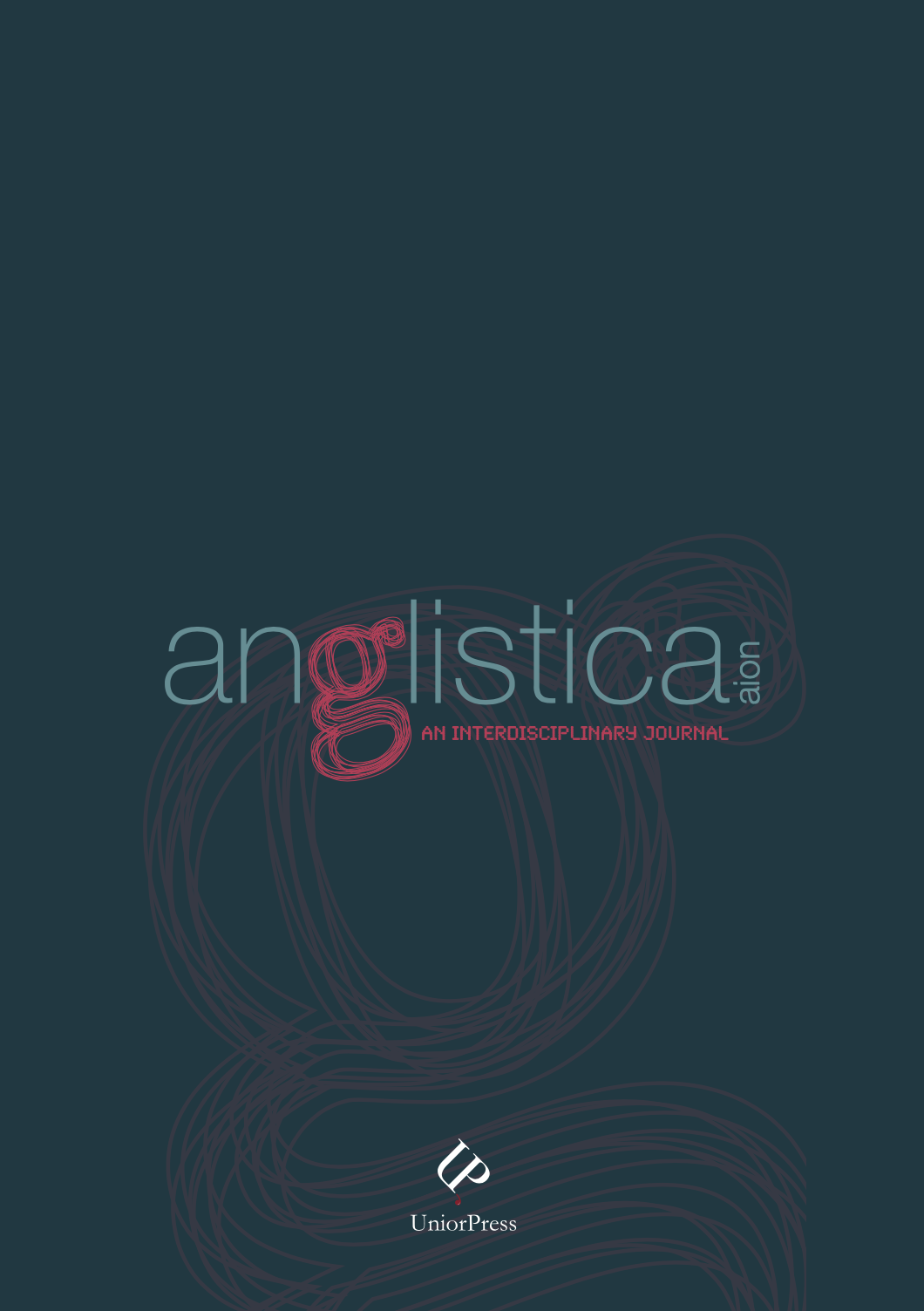“Halved as I am, I was born doubled”
Inventively Messing up Hierarchies and Categorizations in Ruth Ozeki’s Halving the Bones
Abstract
In this article, focusing on the analysis of Ruth Ozeki Lounsbury’s 1995 first- person documentary Halving the Bones: Making a Family Album?, I discuss the role of fiction and counter-memory in resisting the hegemonic practices that have marked Asian American history with distortions, omissions, and stereotypes. I show how Ozeki employs the fictional documentary medium to question hierarchies and categorizations and to reveal them as dispositifs of dominion especially concerning gender and race.
The autobiographical project traces one hundred years of the “half-Japanese, half- American” filmmaker Ruth’s maternal family history. Ozeki’s imaginative in(ter)ventions in the personal, cultural, and historical stories of her family end up creating a proliferation of voices and possibilities. I argue that the “mess” generated by introducing elements of doubt, multiplicity, recursiveness, and invention in the narration of the Japanese and Japanese American women’s lives is a productive, meaningful way to undermine the practices of categorization, racialization, and gendering these women have been subjected to throughout history. Through the sprouting “mess” in her documentary, Ozeki on the one hand connects the filmmaker’s present to the geopolitical, economic, and gender dynamics in the past lives of Japanese migrants. On the other hand, subverting the androcentric power of image-making, Ozeki provides women with the opportunity to address each other in an engaged and creative way. Reimagining and representing the shifting condition and identity of Japanese American women in the twentieth century, Ozeki’s subjective perspective carries a critical political dimension on screen and provides a present insight on the quest for home, belonging, identity, and cultural legacy.


